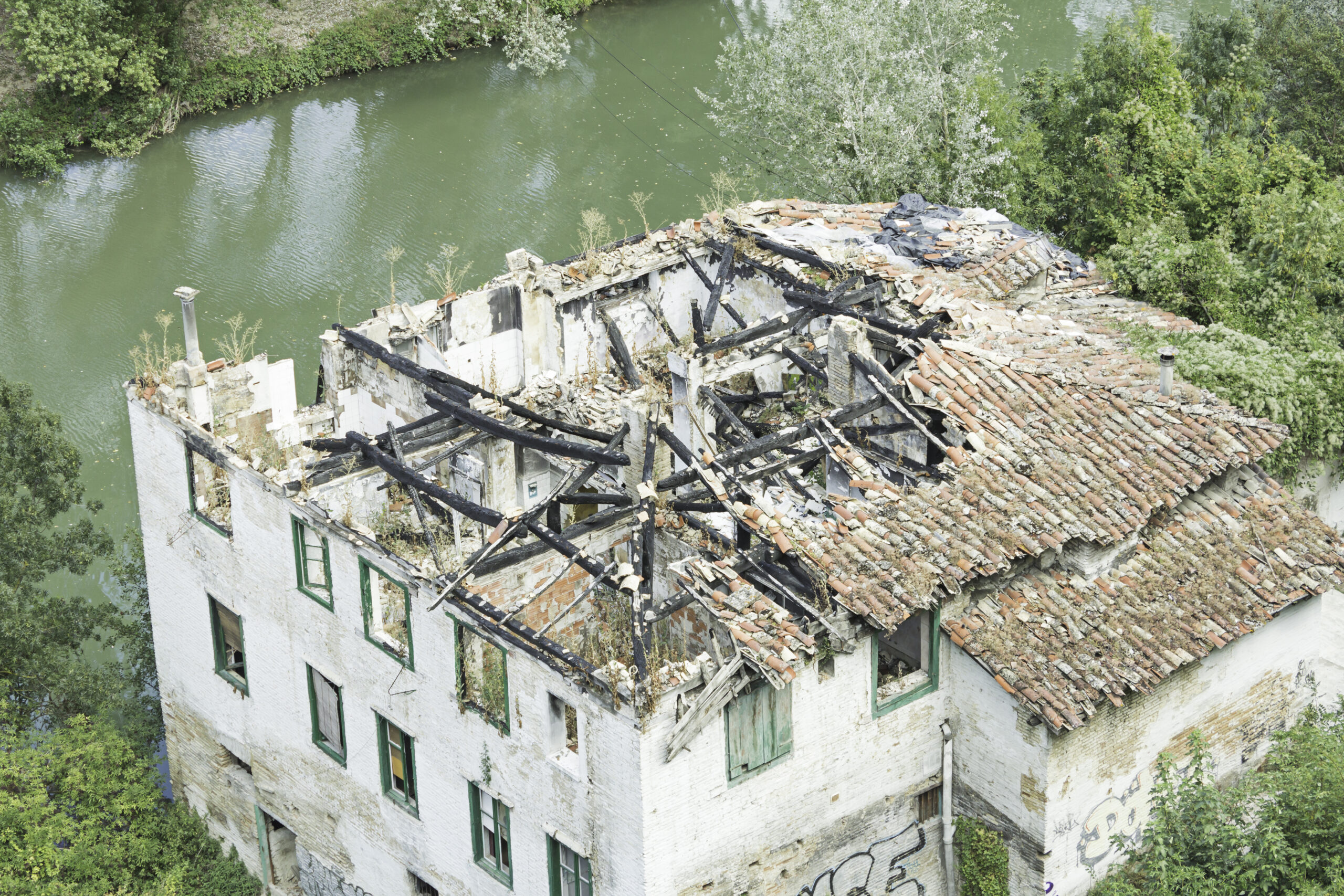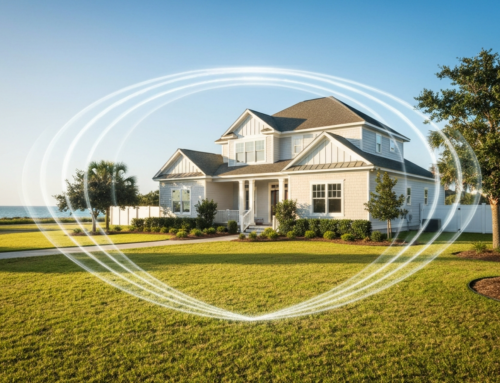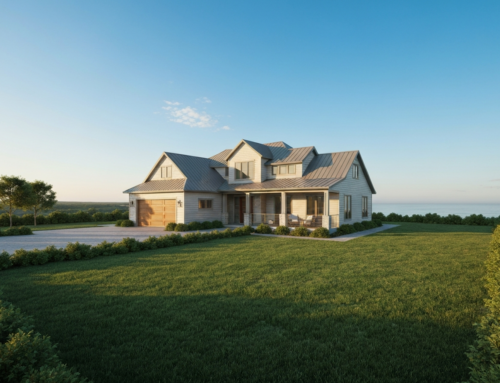Understanding the Surge: Why Home Insurance Costs Are Climbing
Homeowners across the United States are experiencing a significant uptick in their insurance premiums, making protecting home from rising premiums a top concern. This trend isn’t just a minor adjustment; it reflects profound shifts in the insurance landscape. Several key factors are converging to drive these costs higher, impacting budgets from coast to coast. From the escalating frequency of severe weather events to broader economic pressures, understanding these underlying causes is the first step in effectively managing your home insurance expenses. The average cost of homeowners insurance has been on a steady upward trajectory, reflecting a challenging environment for insurers who are contending with higher payouts and increased operational costs.
One primary driver is the sheer volume and severity of natural disasters. Hurricanes, wildfires, tornadoes, and hailstorms are becoming more frequent and destructive, leading to unprecedented levels of property damage. Insurers, in turn, must adjust their rates to cover these growing risks. Beyond climate, economic factors play a crucial role. Inflation impacts the cost of building materials and labor for repairs, directly increasing the expense of rebuilding a damaged home. Reinsurance costs, which are what insurance companies pay to protect themselves against large losses, have also surged, further contributing to higher premiums for consumers. This complex interplay of environmental and economic forces creates a challenging market for both insurers and policyholders.
The Forecast for 2025: States Facing the Steepest Premium Increases
As we look to 2025, projections indicate that home insurance premiums will continue their ascent, though the impact will vary significantly by state. States particularly vulnerable to severe weather and natural disasters are expected to bear the brunt of these increases. For instance, areas prone to hurricanes, such as Louisiana and Florida, are forecast to see some of the most substantial hikes. Similarly, states in wildfire-prone regions, like California, are also projected to experience significant rate adjustments. This geographical disparity highlights the localized nature of risk and how it directly influences insurance pricing.
Even states traditionally considered lower-risk are not immune. Regions experiencing increased frequency of wind and hail events, for example, are also bracing for notable premium increases. This widespread impact underscores that the forces driving up home insurance costs are not confined to historically high-risk areas but are becoming a national phenomenon. Homeowners in these affected states will need to be particularly proactive in seeking strategies for protecting home from rising premiums and adapting to the evolving market.
Decoding the Drivers: Natural Disasters and Economic Factors
The rise in home insurance premiums is largely attributable to two dominant forces: the increasing frequency and intensity of natural disasters and persistent economic factors. Climate change has led to more extreme weather events, from more powerful hurricanes battering coastal communities to devastating wildfires sweeping through western states, and an uptick in severe thunderstorms and hail events across the Midwest. Each major disaster results in billions of dollars in insured losses, prompting insurers to re-evaluate their risk models and, consequently, their pricing strategies.
Economically, inflation has played a significant role. The cost of materials like lumber, steel, and concrete has risen sharply, as has the labor required for repairs and reconstruction. This means that when a home is damaged, the cost to repair or replace it is considerably higher than in previous years. Furthermore, global supply chain issues can delay repairs and increase associated costs. These combined factors create a challenging environment for insurers to maintain profitability without adjusting premiums. Understanding these drivers is crucial for homeowners navigating the current insurance landscape.
Protecting Home From Rising Premiums: Strategies for Homeowners
Faced with escalating costs, homeowners have several actionable strategies for protecting home from rising premiums. One of the most immediate steps is to regularly review your policy. Don’t simply accept your renewal notice; take the time to understand your coverage, deductibles, and any changes in terms. Shopping around for quotes from multiple insurance providers can also yield significant savings, as different companies assess risk and price policies differently. It’s often surprising how much rates can vary for similar coverage.
Consider increasing your deductible. While this means you’ll pay more out-of-pocket if you file a claim, it can substantially lower your annual premium. However, ensure the deductible is an amount you can comfortably afford in an emergency. Inquire about available discounts; many insurers offer reductions for bundling home and auto policies, installing security systems, smoke detectors, or smart home technology. Maintaining a good claims history can also help. For those who have faced the challenge of non-renewal or being dropped, exploring options to secure coverage is vital. Our article on How to Get Affordable Home Insurance After Being Dropped provides further guidance on navigating such situations.
Beyond policy adjustments, consider fortifying your home against common perils in your area. For instance, installing storm shutters, reinforcing your roof, or creating defensible space around your property in wildfire zones can not only reduce your risk of damage but also potentially qualify you for premium discounts. Small preventative measures, like trimming trees near your home or regularly clearing gutters, can also mitigate risks and prevent minor issues from escalating into costly claims. For more comprehensive approaches to managing challenging insurance situations, refer to our article on Strategies for Uninsurable Property Home Insurance Solutions.
Future-Proofing Your Home: Long-Term Outlook for Insurance Coverage
The long-term outlook for home insurance suggests that premiums will likely remain influenced by climate patterns and economic conditions. Future-proofing your home involves a combination of smart financial planning and proactive property maintenance. As natural disaster risks evolve, so too will insurance products and underwriting practices. Homeowners may see a greater emphasis on risk mitigation measures and home hardening efforts, with insurers potentially offering more incentives for properties that are resilient to local hazards.
Technological advancements, such as smart home devices that monitor for leaks, fires, or intrusions, could also play a growing role in reducing risks and potentially lowering premiums. Staying informed about local and state-level insurance regulations and initiatives is also important, as policy reforms can impact the availability and affordability of coverage. By adopting a proactive stance in both managing your policy and maintaining your property, homeowners can better navigate the complexities of the evolving home insurance market and continue protecting home from rising premiums for years to come.
Have questions? Contact us here.






